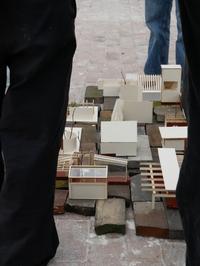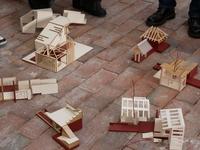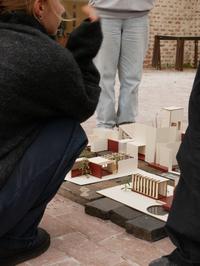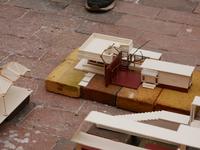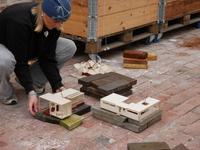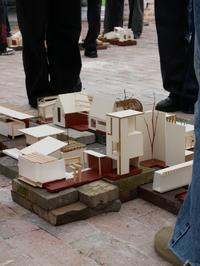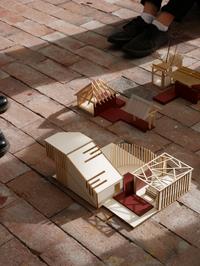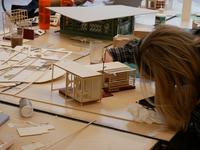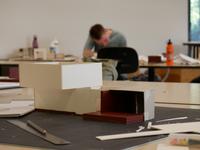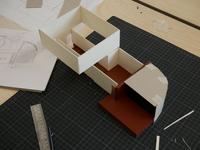Architecture is often called the heaviest of the arts, primarily because its materiality is so substantial that it takes a long time to construct and a long time to dismantle. Therefore, it can often be advantageous to build upon remnants of something and turn it into something new rather than tearing it down. This is also known as transformation architecture.
Transformation should be understood as architectural interventions in a broad sense, changes to an existing situation. Rather than clearing away everything inherited and building from the ground up, transformation architecture expresses an appreciation for what already exists. This is often a significant part of the architectural world and contributes to preserving cultural heritage and identity. In this context, transformation architecture focuses on altering or extending existing structures in a way that respects their history while also meeting modern requirements and purposes.
In cardboard and wooden sticks, students in the Architecture program, together with guest lecturer Leonora Krag, were tasked with transforming fragmented remains into a new building.
This means that they were to leave the ruin largely untouched but add and construct something new alongside it or add something new in height.


